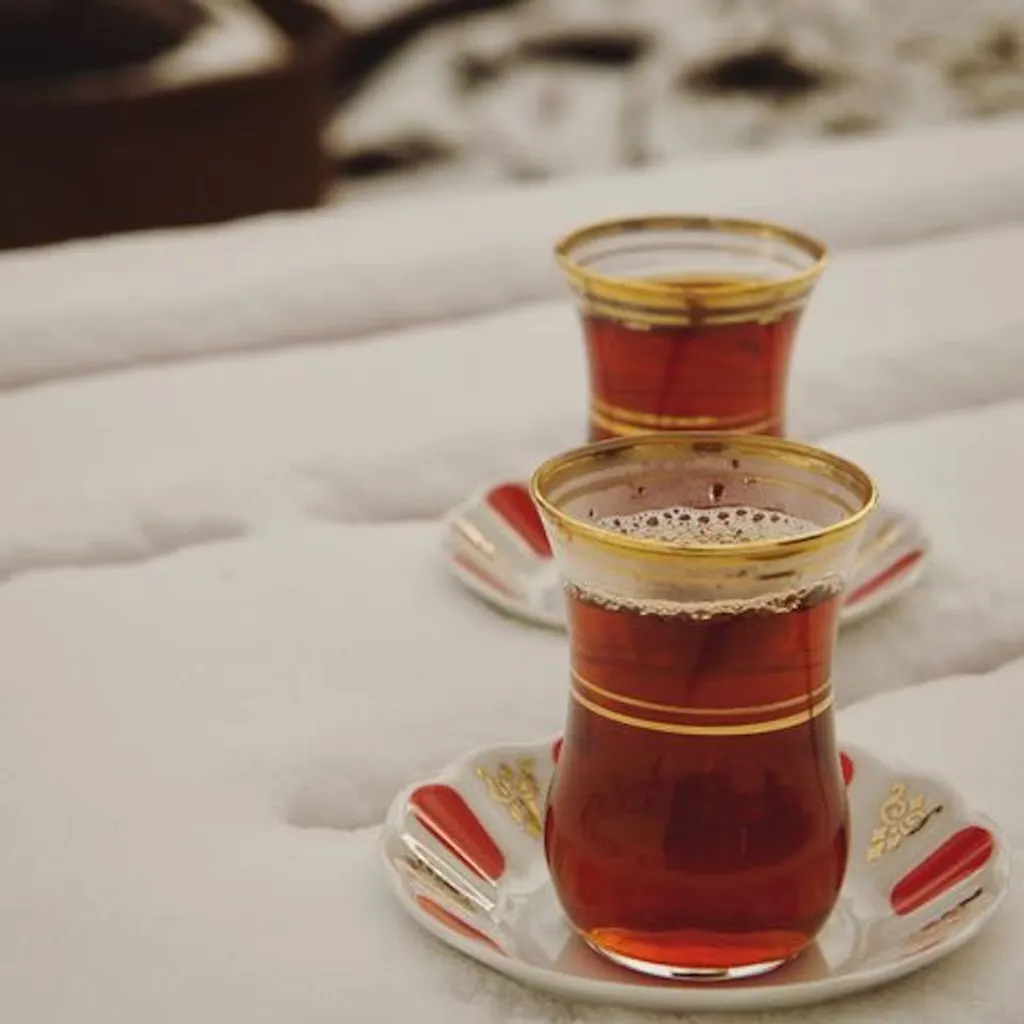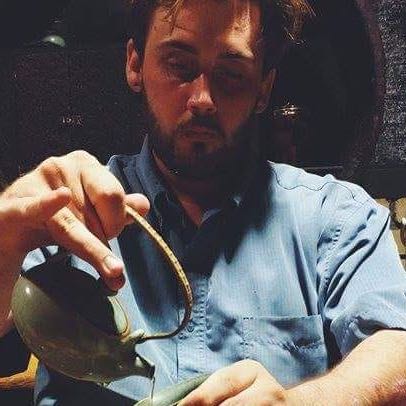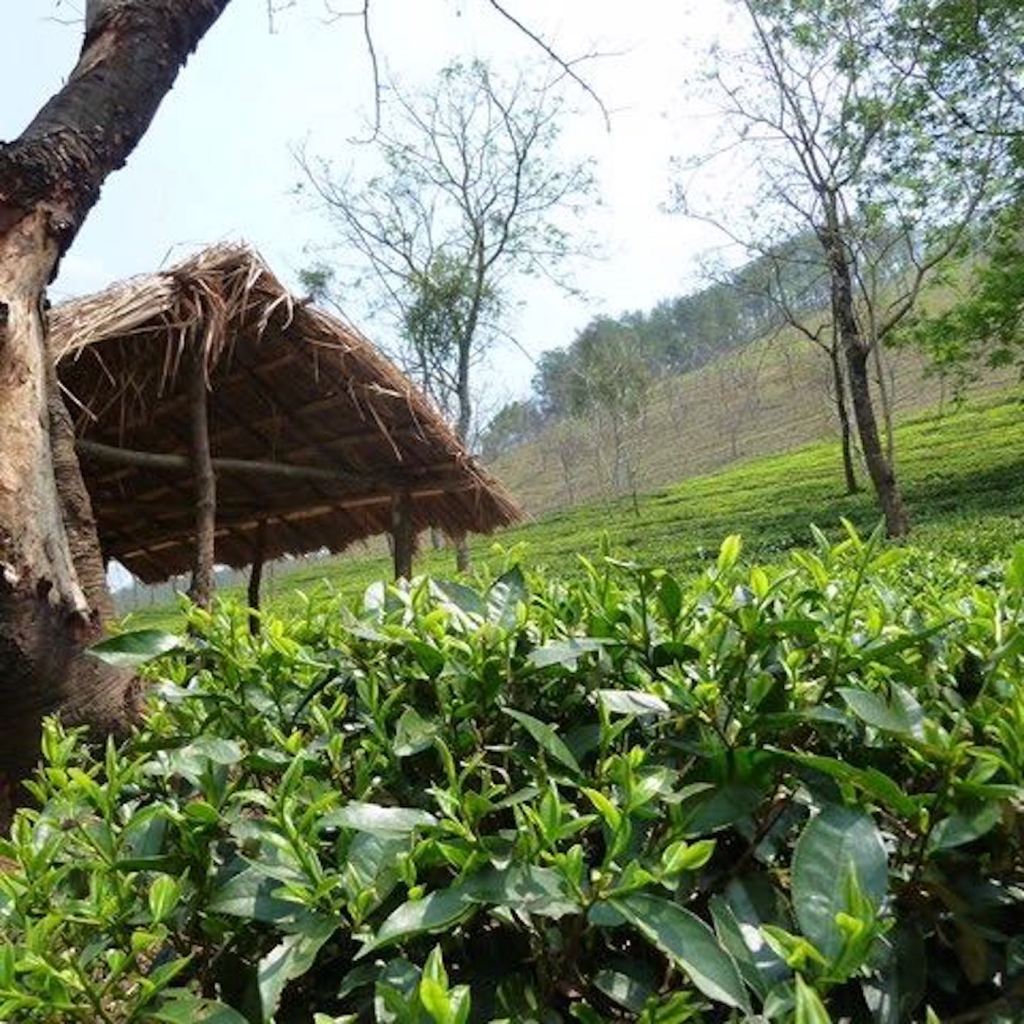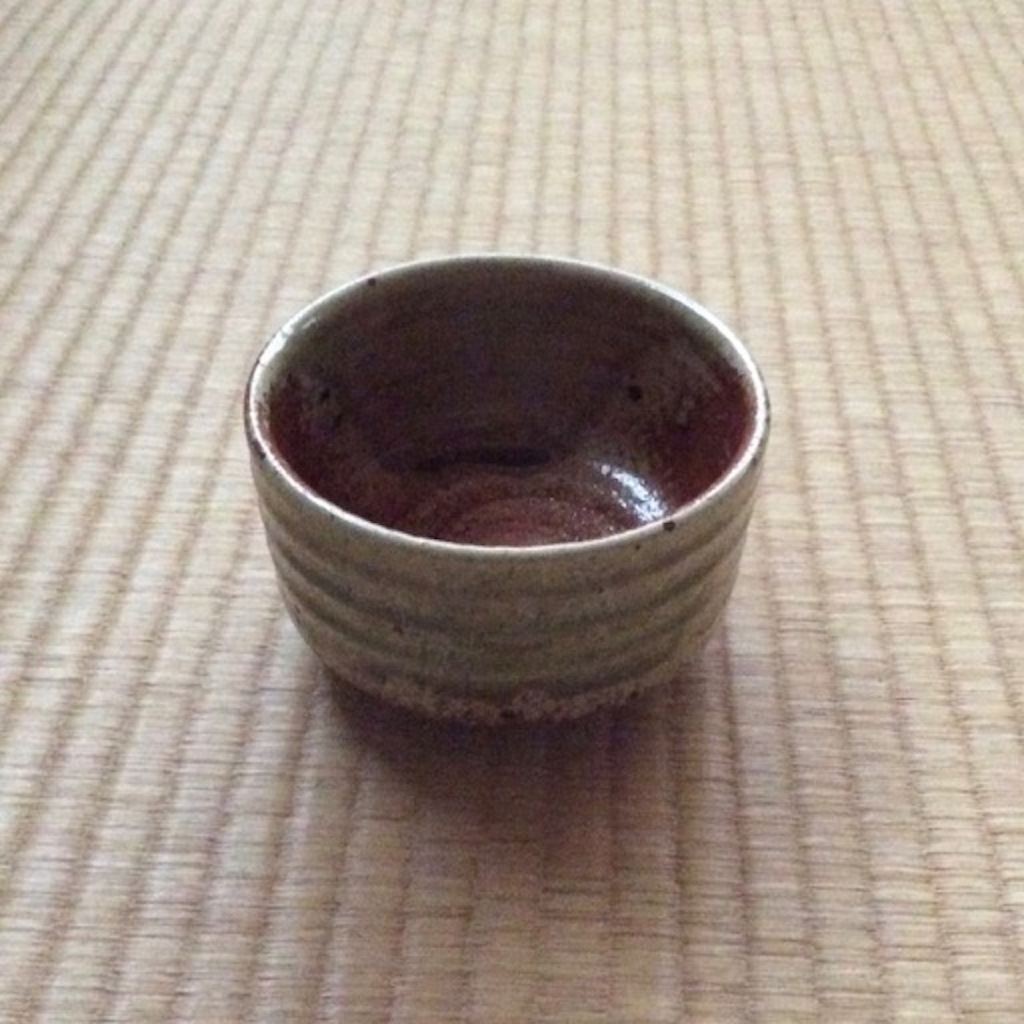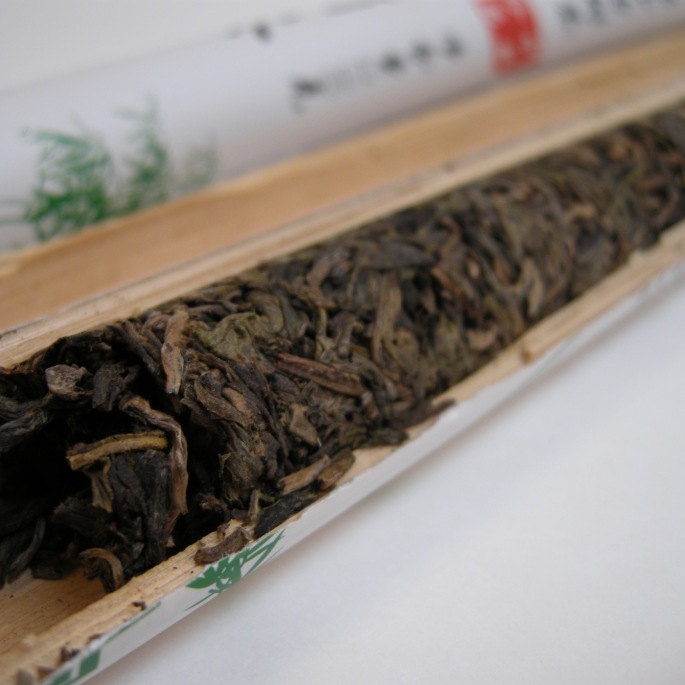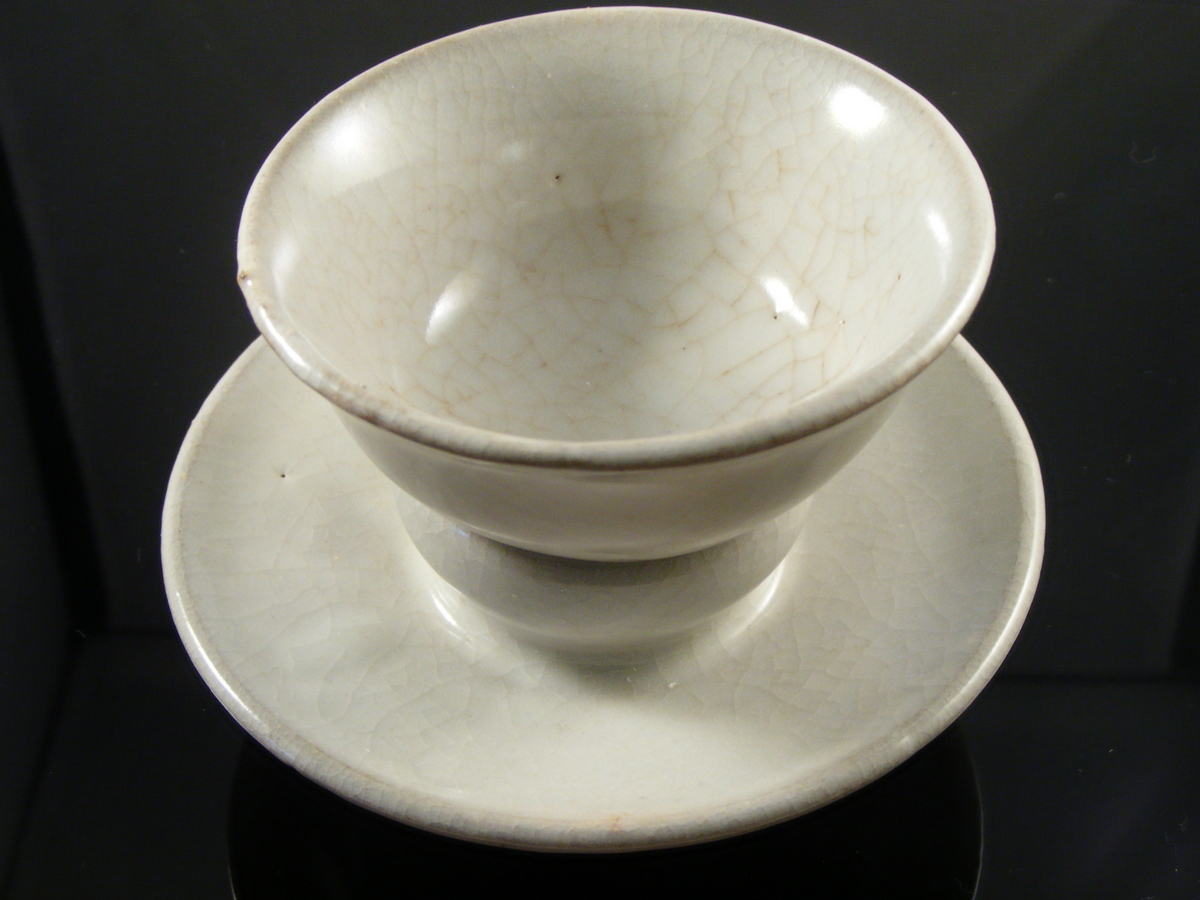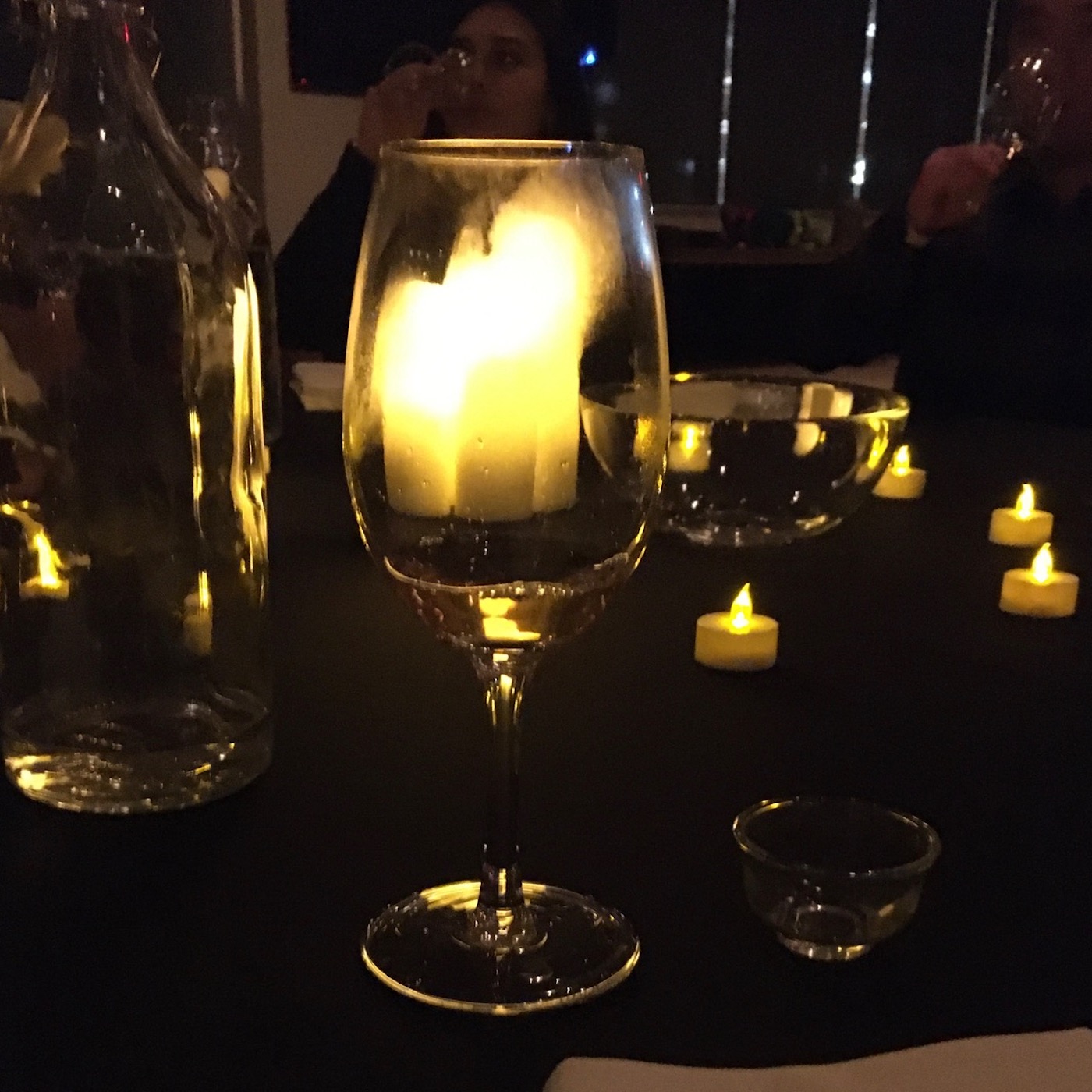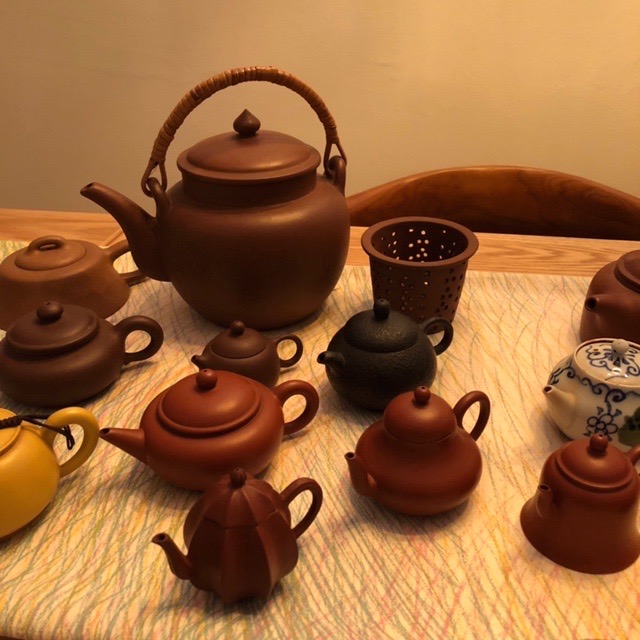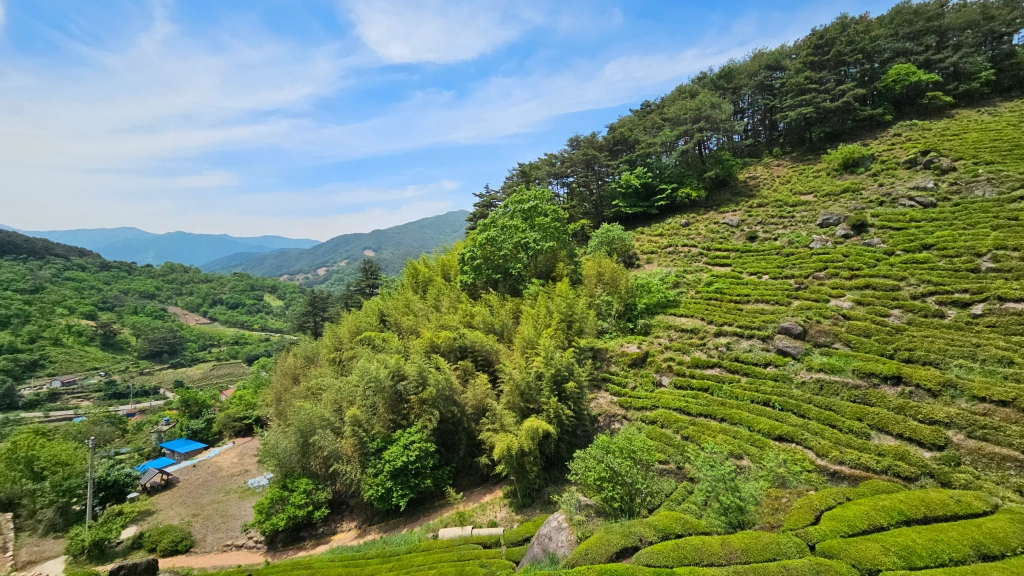
Balhyocha is a tea unique to Korea – it’s not produced anywhere else – and its rich and varied flavor profiles are also unique, not quite like any other teas we’ve tasted here at Talking Tea. But for many tea drinkers, even afficianados of balhyocha, it’s also rather mysterious. What exactly is balhyocha? How is it processed? What gives it its unique, lovely complexity?
To explore these questions we’re chatting with Eric Glass, who, with Arthur Park, runs the annual TeaBuy Korea at Morning Crane Tea. Eric talks with us a bit about his own tea journey and how we came to discover Korean tea and in particular balhyocha, and then we delve into what balhyocha is and what it isn’t. We discuss what defines balhyocha and what makes it difficult to categorize, we talk about the subcategory of balhyocha known as hwangcha or “yellow” tea (not to be confused with Chinese yellow tea), we discuss flavor profiles of balhyocha and we look at comparisons with oolongs and black tea or hongcha. We look at the origins of Korean tea cultivars and the impact of seed-grown versus clonal bushes, terroirs and processing techniques unique to balhyocha on the flavor profiles and body-feel of the teas.
In addition to the TeaBuy Korea, Eric ran Morning Crane’s tea tour to Korea in 2023, and we discuss some of the challenges Eric saw tea producers encountering and the uncertain future they’re facing. Eric also shares his perspectives on why Korean teas in general and balhyocha in particular aren’t widely known outside of Korea, and he makes some recommendations for what kind of cups to use to best enjoy balhyocha.
Morning Crane’s website is at morningcranetea.org.
The Korean Tea Drinkers Facebook page is here.
In addition to his work with Morning Crane, Eric Glass has his own tea company, The Fragrant Cup. Though The Fragrant Cup’s website is currently being redesigned, for info about Fragrant Cup’s offerings you can contact Eric directly at Tea@fragrantcup.com.
Follow Talking Tea on Instagram at talkingteapodcasts.
Talking Tea is produced and hosted by Ken Cohen.
The views and opinions expressed by guests on Talking Tea are those of the guests and do not necessarily reflect the views or opinions of Talking Tea or its staff.
This podcast features music from “Japanese Flowers” (https://soundcloud.com/mpgiii/japanese-flowers) by mpgiiiBEATS (https://soundcloud.com/mpgiii) available under a Creative Commons Attribution 3.0 Unported license (http://creativecommons.org/licenses/by/3.0/). Adapted from original.
Episode image of the Dosim Dawan tea gardens, discussed in the episode, by Eric Glass.
Header image “Raw Puerh mid 1980 Menghai” by Cosmin Dordea, used under a Creative Commons CC By-SA 2.0 license. Adapted from original.

